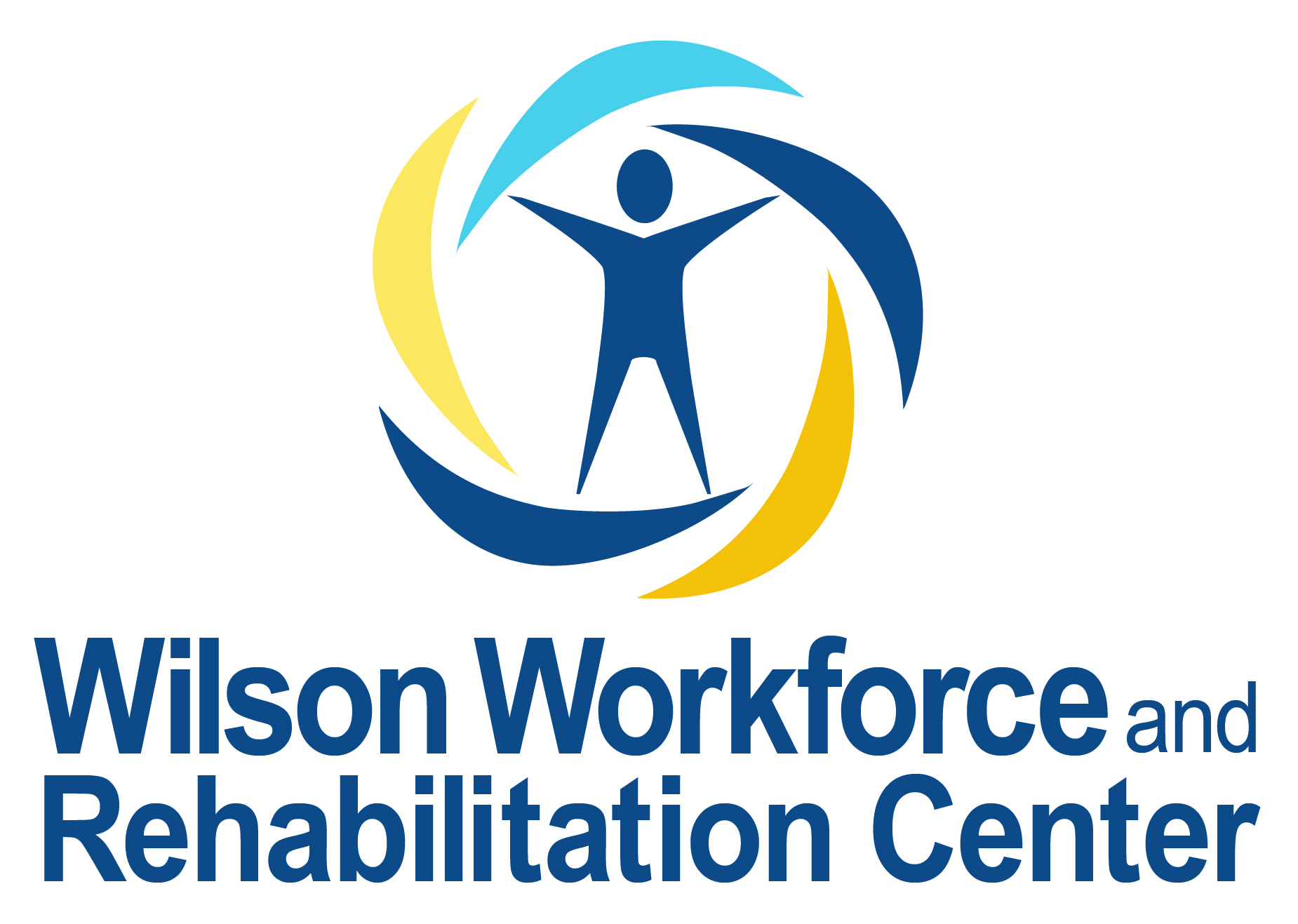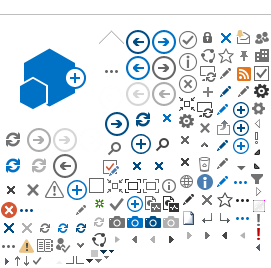WWRC administers a centralized, structured New Student Orientation Program, implemented on the day of arrival for all new students, regardless of program enrollment. Orientation lasts 3-5 days, dependent on the area in which enrolled. A one (1) day orientation provides clients with information needed to live on campus for a short term program; a two (2) day orientation prepares students to transition from home for an extended period of campus living. All newly admitted students enrolled in a vocational training program receive a two-day orientation.
The general New Student Orientation Program acquaints students with the campus lay-out and location of key programs and staff members as well as the Student Code of Conduct. Also covered are relevant policies and basic life, safety, and health expectations for success in a residential living and learning environment. During the general orientation process, all students meet with their assigned Rehabilitation Counselor to review stated Vocational Rehabilitation (VR) goals and expected employment outcomes and to mutually develop a written plan to help achieve those goals. An Orientation Program must be repeated if a client is absent from their WWRC program for three or more months.
In addition to the general orientation program for all newly admitted WWRC clients, students enrolled in any WWRC training program are required to attend the Vocational Training Department New Student Orientation session in a designated area of the R.N. Anderson Training Building. This orientation is typically conducted by the Vocational Training Department's Instructors, or designee(s).
During the Vocational Training Department orientation, each student is provided a copy of the Vocational Training New Student Orientation Checklist and is initially asked to share: Name; Home Community; Vocational Goal; Training Program; and, WWRC Counselor. In this orientation, each student is also asked to sign a consent form giving the department permission to contact them one year after completing their program for follow-up information. Content covered includes:
General overview of WWRC's organizational structure and the role of Vocational Training within this structure;
Student Leave Policy (including examples of "good" and "poor" choices for utilization of leave);
Attendance policy (emphasizing 95% attendance requirement);
Appropriate channels for students to express concerns and grievances;
Review of the Student Code of Conduct
Information on Blood Borne Pathogens, as well as Health, and, Emergency, Fire and Safety procedures; and,
Importance of wearing student identification at all times.
This is followed by a general/question and answer period. Interpreters are provided, as identified, and written material is available in alternative format, upon request. Students enter their vocational training program at the conclusion of the Vocational Training Department orientation to receive further orientation to the classroom and occupational/curricular-specific standards and expectations by the assigned Instructor(s).
An orientation to technology is provided by Training Instructors specific to the curriculum of study. Industry-specific technology requirements are reviewed and updated regularly in consultation with WWRC's Business/Industry Advisory Committees, the DARS (DRS/WWRC) Business Development Team, and through corporate partnerships and other networks within Virginia's workforce community
References
**Note: The Safety Orientation was developed in collaboration with the WWRC Office of Safety/Risk Management and videos used include:
- Back Safety –a user's guide
- Workplace Fire Safety
- Workplace Safety 101

